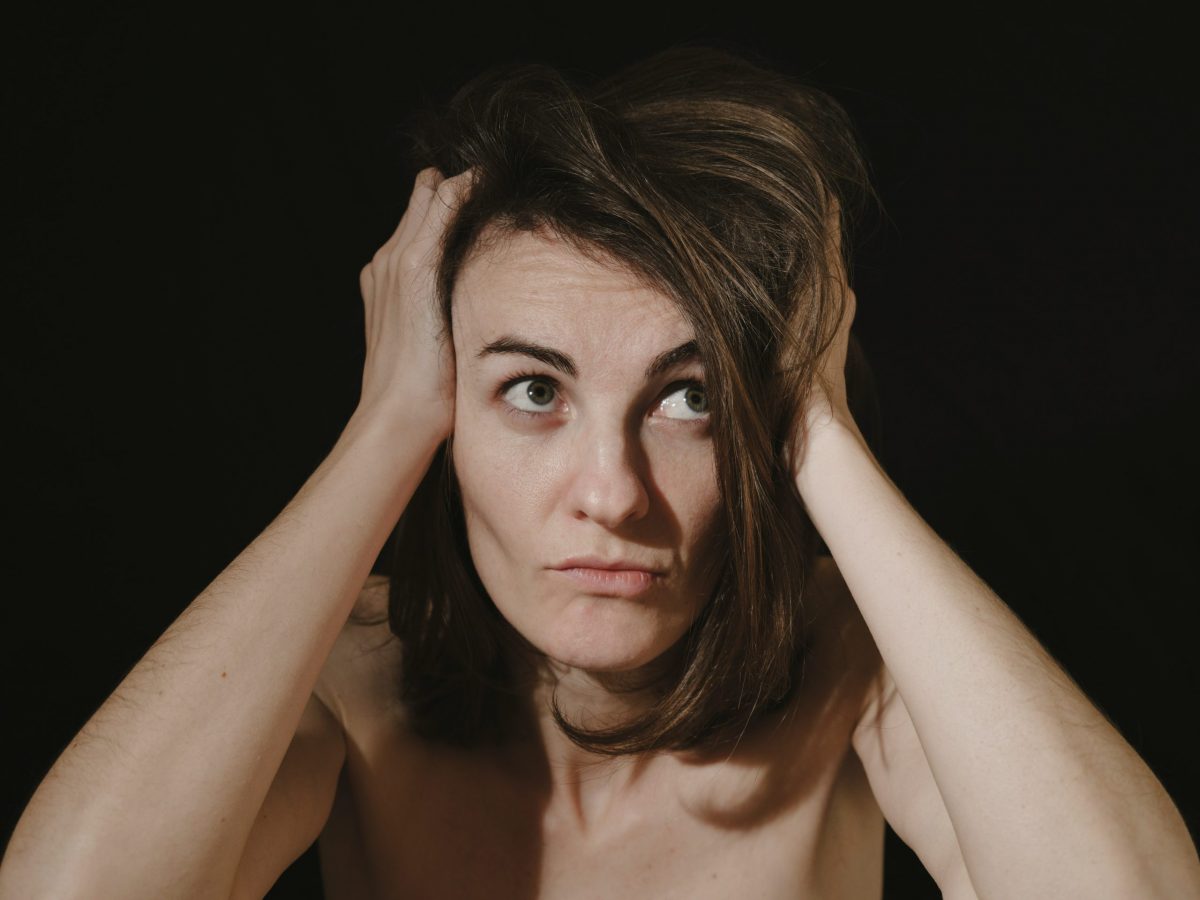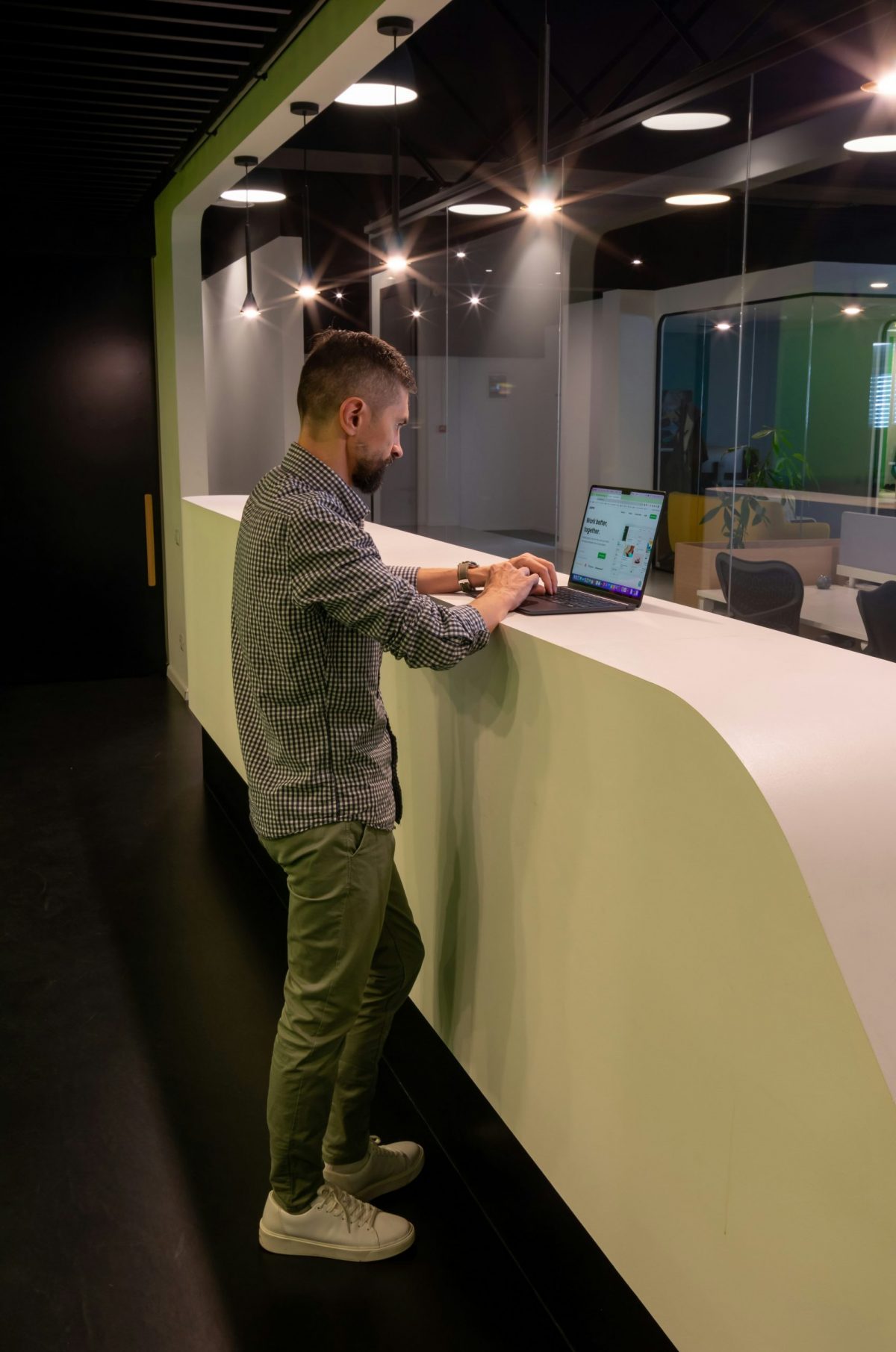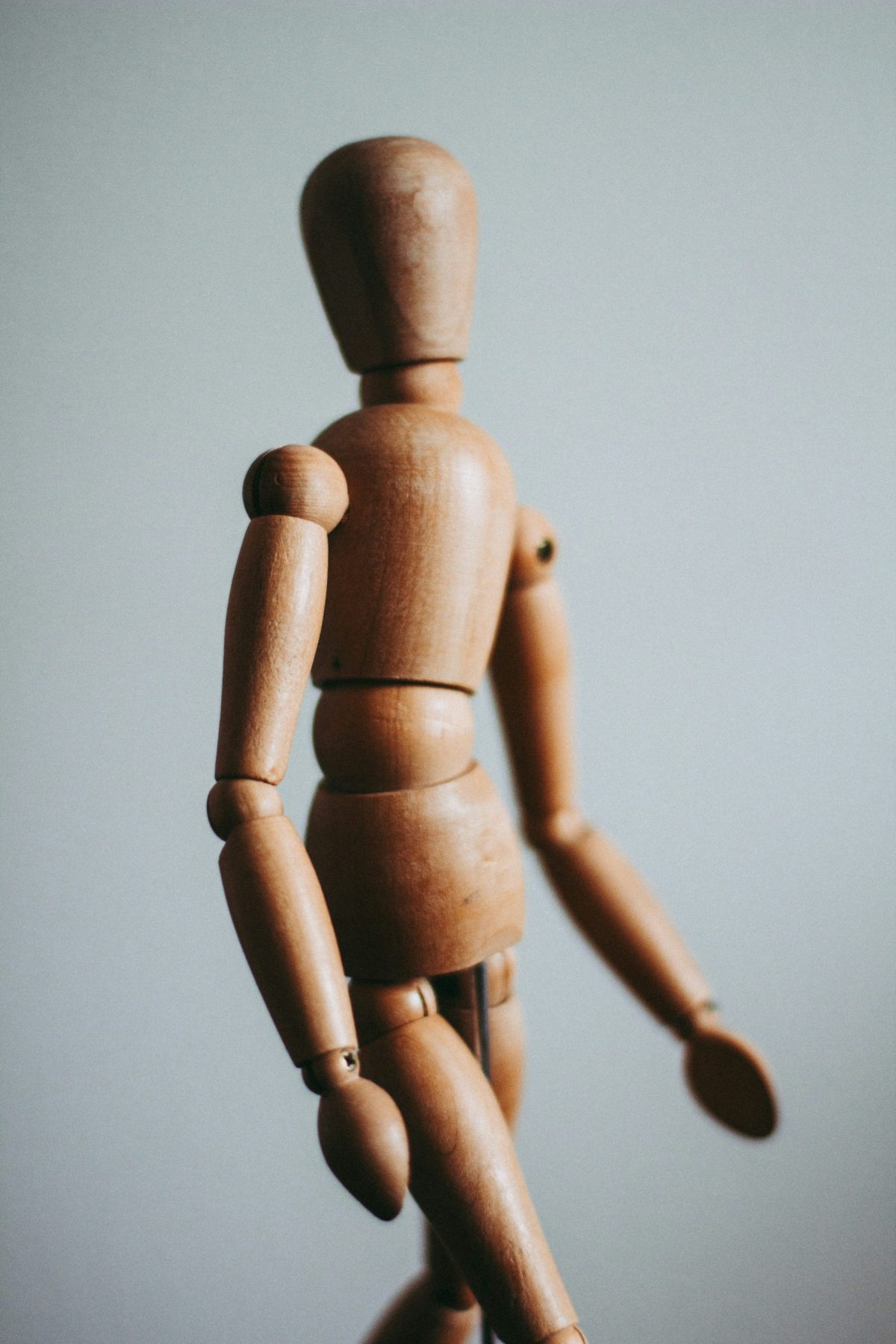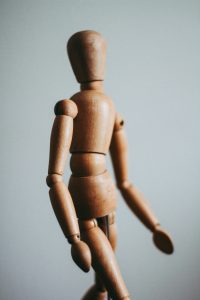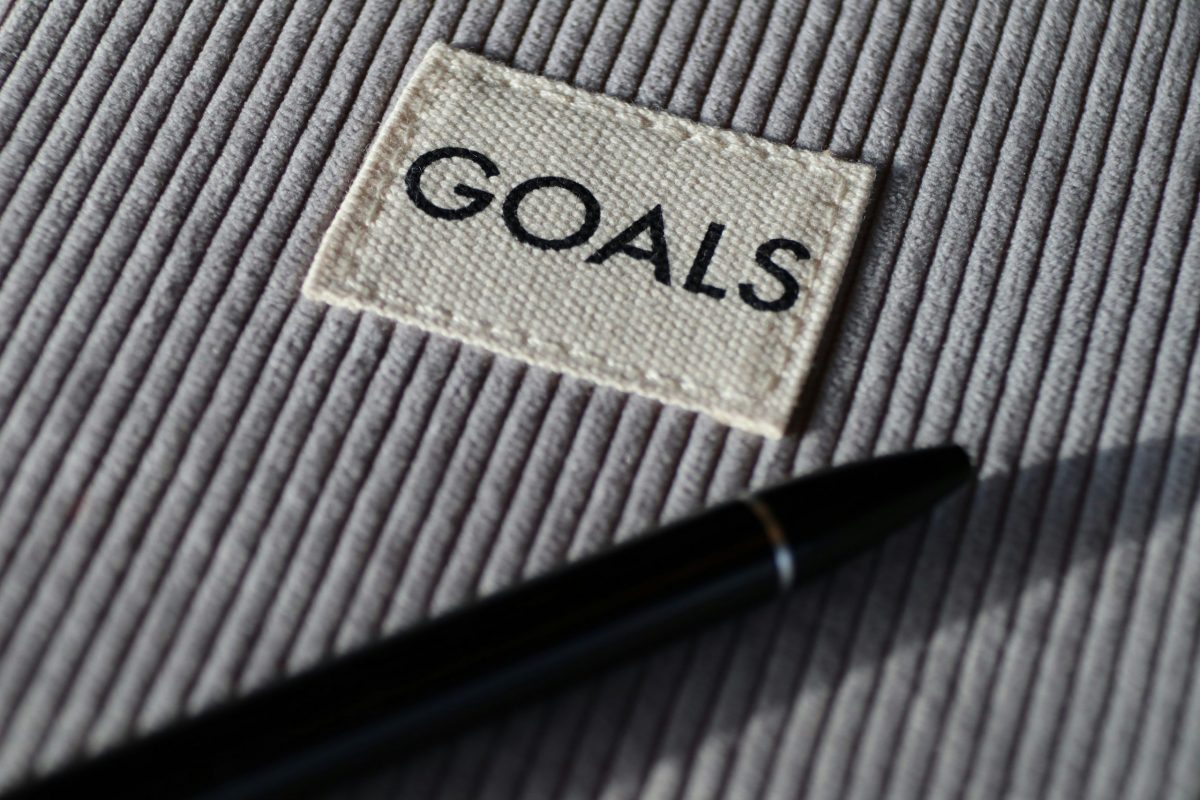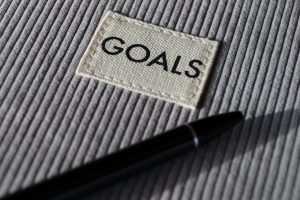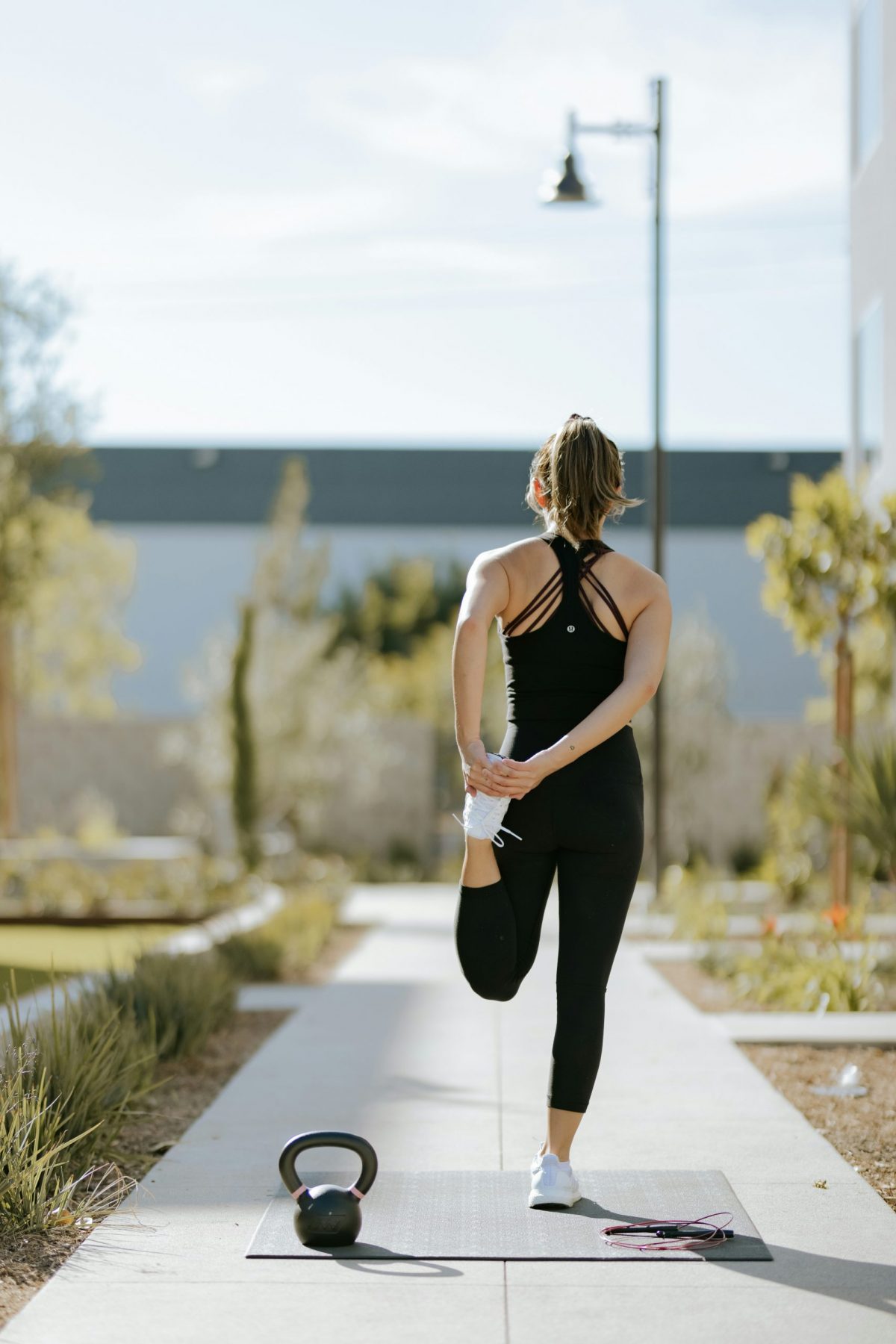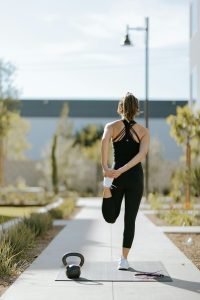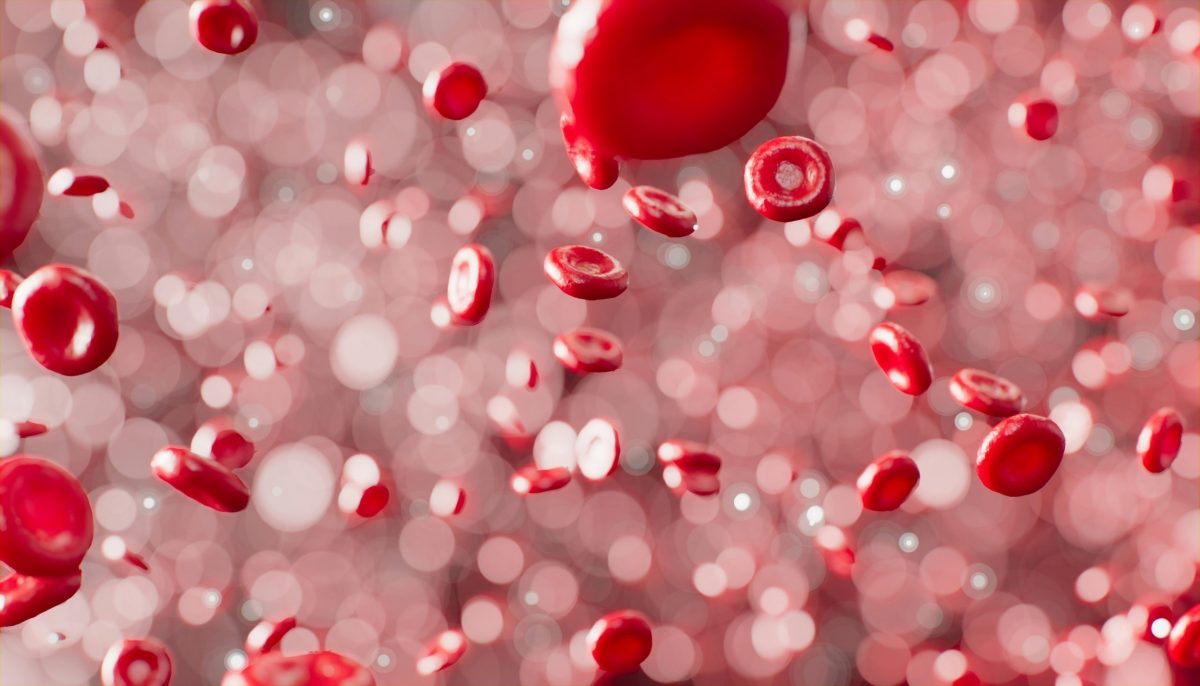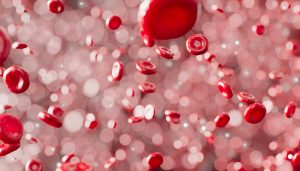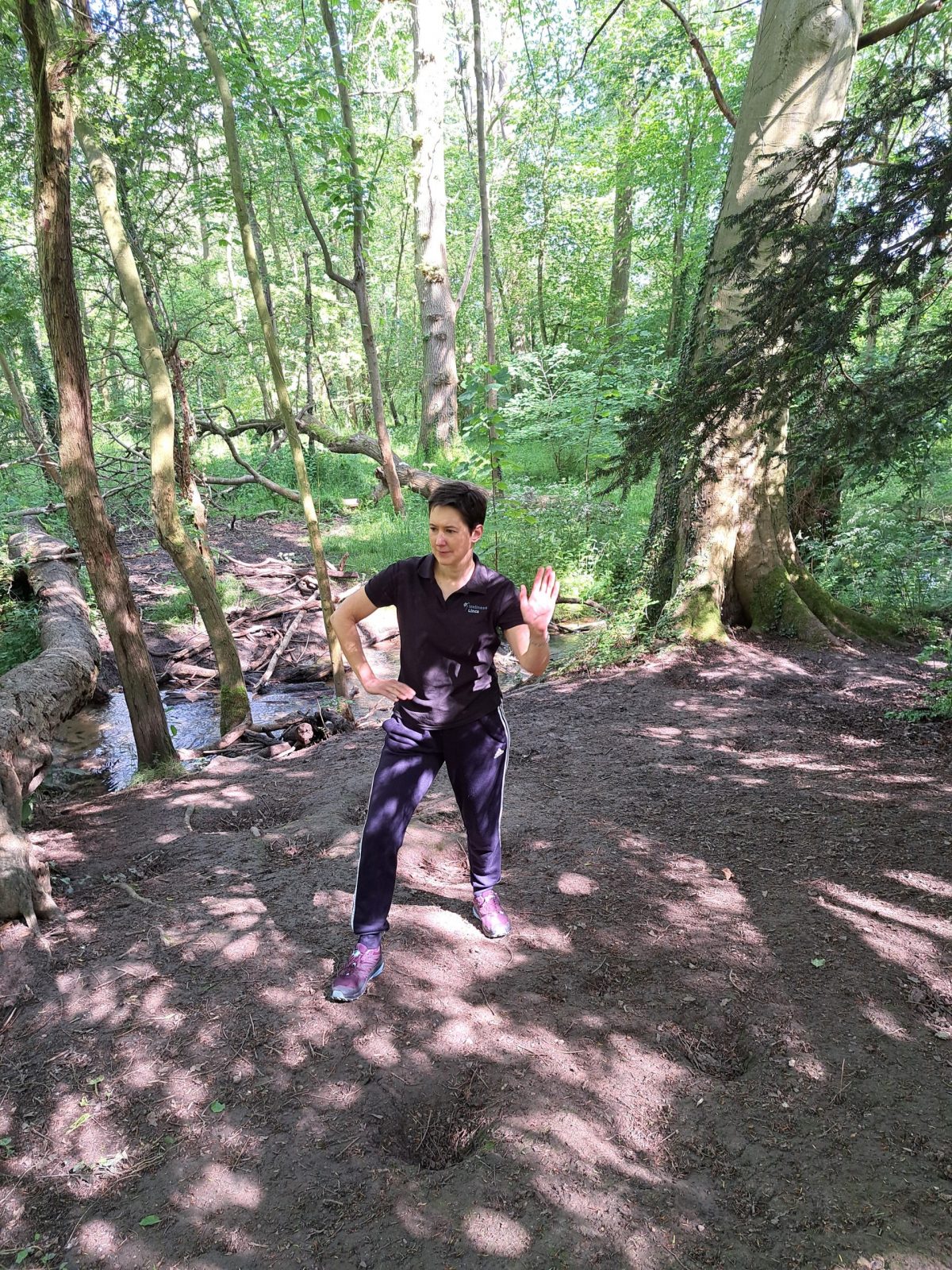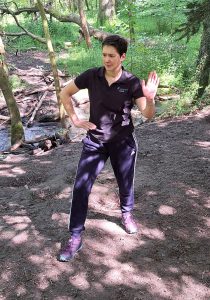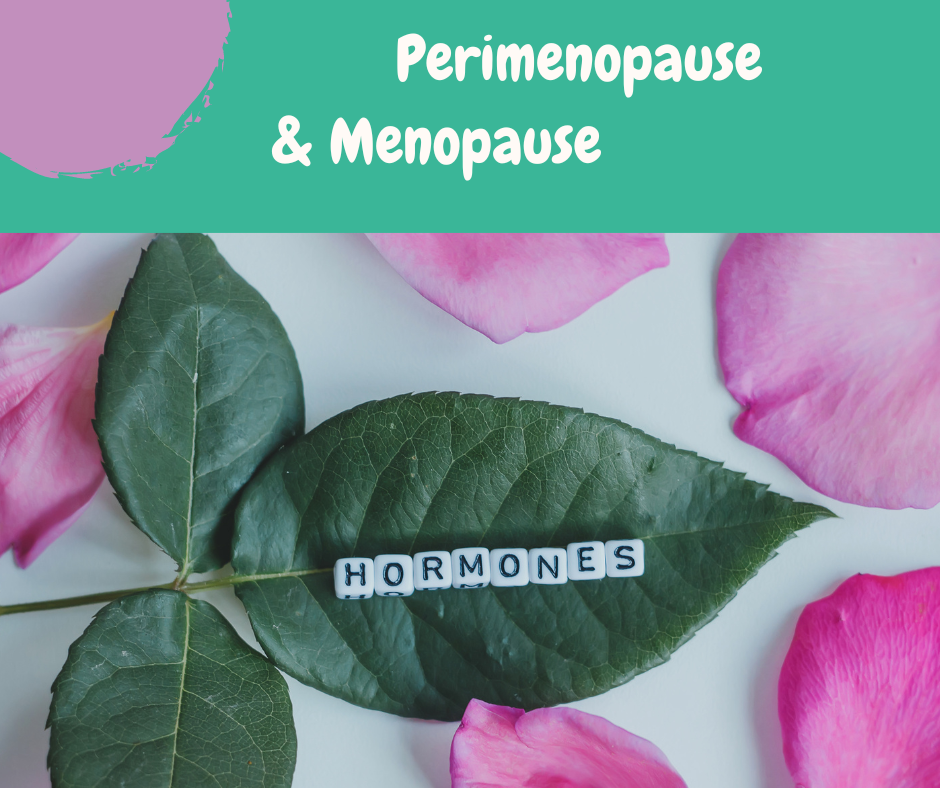
Like many of us, a lot changed in the first lockdown. I’ve always found myself sleeping very well and never having trouble getting to sleep but in 2020 I started struggling to get to sleep.
I didn’t have anything on my mind as such but I just couldn’t seem to drop off. I put it down to lockdown and the changes in my routine.
Then last year I started getting very bad headaches for about three days at a time, once a month. I’ve never normally suffered with hormonal headaches but these were quite intense. I also had some days of a ‘fuzzy head’ feeling and some days where I had absolutely no energy at all – very unlike my usual self.
Having hit my 40s, the menopause wasn’t something I was thinking about.
But it’s clear I’m definitely in the perimenopause stage.
To help myself and to help me support others I’m currently studying menopause wellness.
When can perimenopause/menopause start?
While the average age to hit menopause is 51, it can affect 95% of women or anyone with an ovarian system between the ages of 44-56. Menopause is said to be in effect exactly one year after you had your last period.
Perimenopause can begin as early as mid-30s or as late as our mid-50s and you may notice your periods beginning to slow down, change frequency or become heavier or lighter.
What happens to our hormones during this stage?
As we approach menopause age our progesterone levels steadily decline over time while our oestrogen levels go up and down over time.
As progesterone is also a sleep-inducing hormone, this explains why my sleep became disturbed. I have managed to help myself get to sleep by using a lavender balm 30 mins before I sleep and also find the Dr Bach Rescue Night drops help during those times I struggle to get to sleep. I am not advertising these products, just explaining what I have found that has helped me.
I have also found taking Evening Primrose Oil has helped with my headaches and ‘fuzzy head’ but be aware that this cannot be taken with some medications. Always consult your doctor or pharmacist before taking any supplements. The use of Evening Primrose Oil over a long period of time has also not been tested.
Our hormones are powerful things – for both men and women – and when the levels change it can cause all types of disruption in the body. In fact, there are over 200 different hormones, or hormone-like substances that help us function. There are also 34 common and recognised symptoms of the menopause.
Hormone testing is generally thought to be ineffective to test for perimenopause during the perimenopause phase as hormone levels are constantly changing throughout the menstrual cycle. The same goes for saliva testing. However, hormone testing is sometimes done to check specific hormone levels.
If there is anything you are concerned about during this stage, always seek medical advice. It’s also useful to keep a record of your symptoms and monitor the times of the month you experience different symptoms.
You can join my FREE Menopause and Perimenopause Sleaford Support Group on Facebook here.
Zoe
For more support visit: https://www.nhs.uk/conditions/menopause/
https://www.menopauseandme.co.uk/en-gb
https://www.menopausematters.co.uk/

